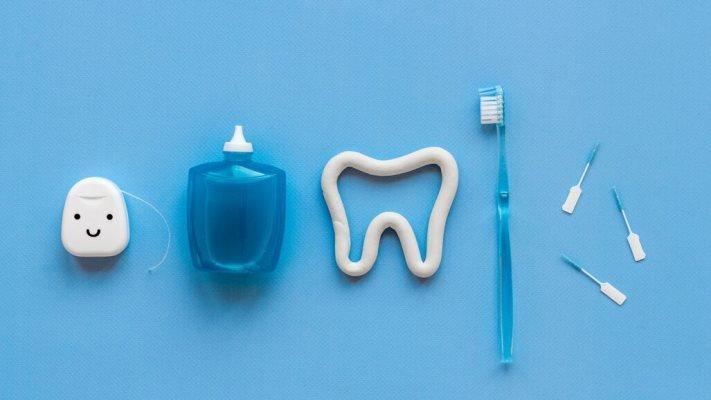November 18, 2022 The World Health Organization (WHO) has released the latest global oral health report. Almost 20 years have passed since the last publication. The document provides comprehensive information on the prevalence of oral diseases and includes data from 194 countries. The report is of value to both policy makers and stakeholders who wish to take action to promote oral health and ensure access to dental care in their countries or regions.

The oral health profiles are based on the latest available data from the Global Burden of Disease Project, the International Agency for Research on Cancer, and WHO global surveys. According to the collected data, approximately half of the world's population, that is, 3.5 billion people, suffer from oral diseases, and three out of every four live in low- and middle-income countries. In addition, it shows that the global burden of oral diseases is even higher than the burden of non-communicable diseases such as mental disorders, diabetes and cancer, and has increased significantly over the past 30 years due to limited access to prevention and treatment of oral diseases.
“Oral hygiene has long been neglected in global health, but many oral diseases can be prevented and treated with the cost-effective interventions outlined in this report,” WHO Director-General Dr Tedros Adhanom Ghebreyesus said in a press release. “WHO is committed to providing advice and support to countries so that all people, wherever they live and regardless of their income, have the knowledge and tools they need to take care of their teeth and mouths and access prevention and care services when they need them.”
Caries, periodontitis, tooth loss and oral cancer are among the most common oral diseases, according to the report. Data show that untreated dental caries affects an estimated 2.5 billion people and is the most common disease worldwide, while periodontitis is estimated to affect 1 billion people worldwide. A staggering number of cases of oral cancer are diagnosed each year. 380,000 cases per year.
In addition, the report found significant disparities in access to oral care services and concluded that oral disease significantly affects the most vulnerable and disadvantaged populations, namely low-income people, people with limited opportunities, older people living alone or living in nursing homes, people living in remote and rural communities, and people from minority groups. High sugar consumption, all forms of tobacco use and excessive alcohol consumption are all contributing factors to the global oral health crisis.
Finally, the report showed that only a small percentage of the world's population is covered by basic oral care services and that those with the greatest oral care needs often have the least access to services. High out-of-pocket costs, dependence on highly specialized providers and inefficient interventions and oral health policies are the main barriers to accessing oral health care.
In addition to describing the barriers to oral health care, the report highlighted various factors contributing to improved oral health worldwide. These include addressing common risk factors through a public health approach; integration of oral hygiene into national health care and making it universal; reviewing oral health staffing models and strengthening health systems, including the collection and integration of oral health data into national health monitoring systems.
“Providing people with oral health services is critical if we are to achieve the vision of universal health coverage for all people and communities by 2030,” said Dr. Bente Mikkelsen, Director of Noncommunicable Diseases at WHO. “By providing baseline information to help countries track implementation progress, this report serves as a starting point and provides timely and relevant feedback to national decision makers. Together we can change the current situation of oral hygiene neglect,” she concluded.
